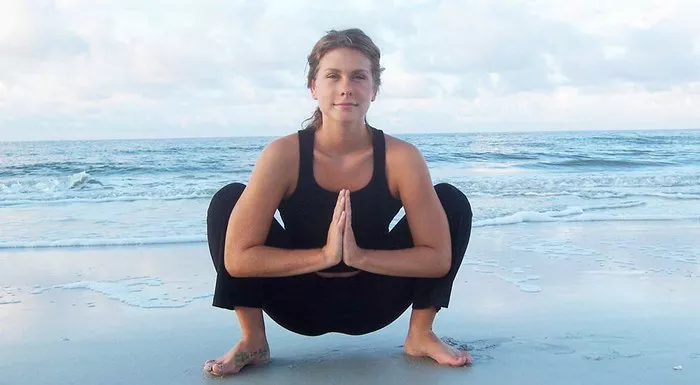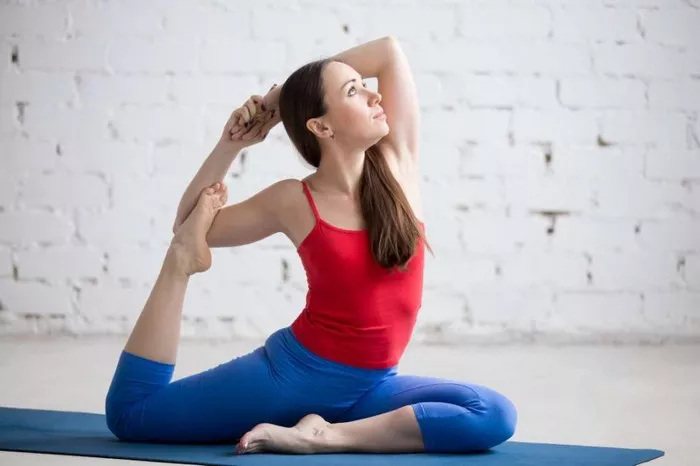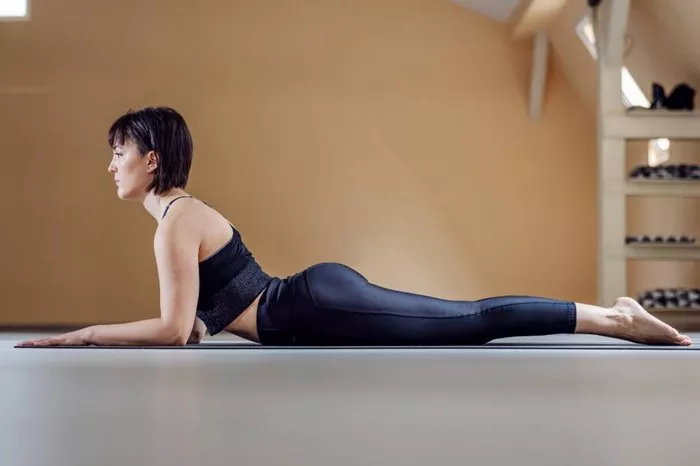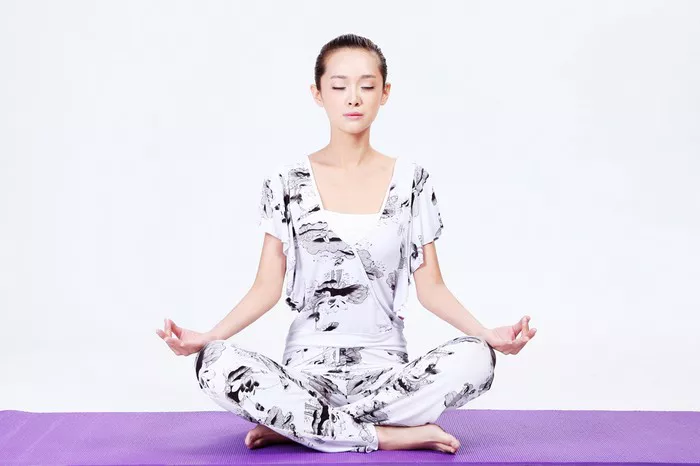In today’s fast-paced world, many individuals find it challenging to incorporate physical activity into their daily routines. Chair yoga offers a practical solution, enabling people of all ages and fitness levels to enjoy the benefits of yoga without needing to get down on the floor. This comprehensive guide explores chair yoga poses, their benefits, and how to integrate them into your life, providing a path to improved health and well-being.
1. Understanding Chair Yoga
1.1 What is Chair Yoga?
Chair yoga is a modified form of yoga that allows practitioners to perform poses while seated or using a chair for support. This practice is particularly beneficial for those with limited mobility, seniors, or anyone seeking a gentler approach to yoga.
1.2 The Benefits of Chair Yoga
Chair yoga offers a myriad of physical and mental health benefits, including:
Improved Flexibility: Gentle stretching can help enhance flexibility and mobility in joints.
Increased Strength: Chair poses can strengthen muscles, especially in the legs, arms, and core.
Better Posture: Regular practice encourages awareness of body alignment and posture.
Stress Relief: Breathing exercises and mindfulness incorporated into chair yoga can reduce stress and promote relaxation.
Enhanced Circulation: Gentle movements stimulate blood flow, which is particularly beneficial for those who sit for extended periods.
2. Getting Started with Chair Yoga
2.1 Choosing the Right Chair
Selecting an appropriate chair is crucial for a safe and effective chair yoga practice. Look for a chair that is:
Sturdy and Stable: Ensure the chair is strong enough to support your weight.
Without Arms: Armrests can restrict movement; a chair without them is ideal.
At the Right Height: Your feet should be flat on the ground when seated.
2.2 Setting Up Your Space
Create a comfortable and inviting space for your chair yoga practice:
Quiet Environment: Choose a location with minimal distractions.
Comfortable Clothing: Wear loose-fitting clothes that allow for movement.
Optional Props: Consider using yoga blocks, straps, or blankets for additional support.
3. Essential Chair Yoga Poses
3.1 Seated Mountain Pose (Tadasana)
How to Do It:
Sit tall at the edge of your chair with your feet flat on the floor.
Engage your core and relax your shoulders.
Raise your arms overhead, stretching your fingers toward the ceiling.
Benefits: Promotes good posture and body awareness.
3.2 Seated Forward Bend (Paschimottanasana)
How to Do It:
Sit with your feet flat on the ground, hip-width apart.
Inhale and lengthen your spine, then exhale as you hinge forward, reaching toward your feet.
Benefits: Stretches the back, hamstrings, and calves.
3.3 Seated Cat-Cow Stretch (Marjaryasana-Bitilasana)
How to Do It:
Sit at the edge of your chair with your hands on your knees.
Inhale as you arch your back (Cow), looking up, and exhale as you round your spine (Cat), tucking your chin.
Benefits: Increases spinal flexibility and releases tension.
3.4 Seated Twist (Ardha Matsyendrasana)
How to Do It:
Sit tall with your feet flat.
Place your right hand on the back of the chair and twist your torso to the right, using your left hand on your knee for support.
Benefits: Enhances spinal mobility and aids digestion.
3.5 Chair Warrior II (Virabhadrasana II)
How to Do It:
Sit with your feet wide apart, turning your right foot out.
Extend your arms parallel to the floor, gazing over your front hand.
Benefits: Builds strength in the legs and arms while improving balance.
3.6 Chair Pigeon Pose (Eka Pada Rajakapotasana)
How to Do It:
Sit at the edge of your chair and cross your right ankle over your left knee.
Lean forward gently to deepen the stretch in your right hip.
Benefits: Opens the hips and stretches the glutes.
4. Chair Yoga Sequences
4.1 Morning Chair Yoga Routine
Starting your day with a chair yoga sequence can energize your body and mind. Consider the following poses:
Seated Mountain Pose
Seated Cat-Cow Stretch
Seated Forward Bend
Chair Warrior II
Seated Twist
4.2 Afternoon Refresh Sequence
If you find yourself fatigued in the afternoon, this sequence can help rejuvenate you:
Seated Mountain Pose
Chair Pigeon Pose
Seated Side Stretch
Seated Forward Bend
Seated Cat-Cow Stretch
4.3 Evening Relaxation Sequence
Wind down your day with this calming sequence:
Seated Mountain Pose
Seated Forward Bend
Seated Twist
Seated Meditation
Breath Awareness Exercise
5. Incorporating Breathwork
5.1 The Importance of Breath in Chair Yoga
Breath is a fundamental aspect of yoga that enhances relaxation and focus. Integrating breathwork into your chair yoga practice can deepen your experience.
5.2 Breathing Techniques
Diaphragmatic Breathing: Place one hand on your abdomen and the other on your chest. Inhale deeply through your nose, allowing your abdomen to rise. Exhale through your mouth.
Counted Breathing: Inhale for a count of four, hold for four, and exhale for four. This technique can help regulate your breath and calm your mind.
6. Modifications and Considerations
6.1 Listening to Your Body
Chair yoga is meant to be accessible. Always listen to your body and modify poses as needed. If something feels uncomfortable, adjust your position or skip that pose.
6.2 Working with Health Conditions
Chair yoga is beneficial for various health conditions, but it’s essential to consult with a healthcare professional before starting any new exercise program, especially if you have specific concerns.
7. Chair Yoga for Specific Populations
7.1 Chair Yoga for Seniors
Chair yoga is especially popular among seniors, as it promotes mobility and strength while reducing the risk of injury.
7.2 Chair Yoga for Office Workers
For those who spend long hours at a desk, chair yoga can alleviate tension and improve posture, making it an excellent option for office workers.
7.3 Chair Yoga for Individuals with Disabilities
Chair yoga offers a modified practice for individuals with disabilities, allowing them to experience the benefits of yoga in a safe environment.
8. Creating a Chair Yoga Practice
8.1 Establishing a Routine
To reap the benefits of chair yoga, establish a regular practice schedule. Aim for at least three sessions per week, gradually increasing the duration as you become more comfortable.
8.2 Joining a Class
Consider joining a local chair yoga class or participating in online sessions to connect with others and receive guidance from experienced instructors.
9. Conclusion
Chair yoga is a versatile and accessible practice that allows individuals of all abilities to experience the profound benefits of yoga. By incorporating chair yoga into your daily routine, you can improve your flexibility, strength, and overall well-being while fostering a sense of mindfulness and relaxation. Whether you’re a beginner or an experienced yogi, chair yoga offers a unique path to health and vitality. Embrace the power of chair yoga, and discover how it can transform your life.
This extensive exploration of chair yoga poses and their benefits serves as a valuable resource for anyone interested in incorporating this accessible practice into their lives.























